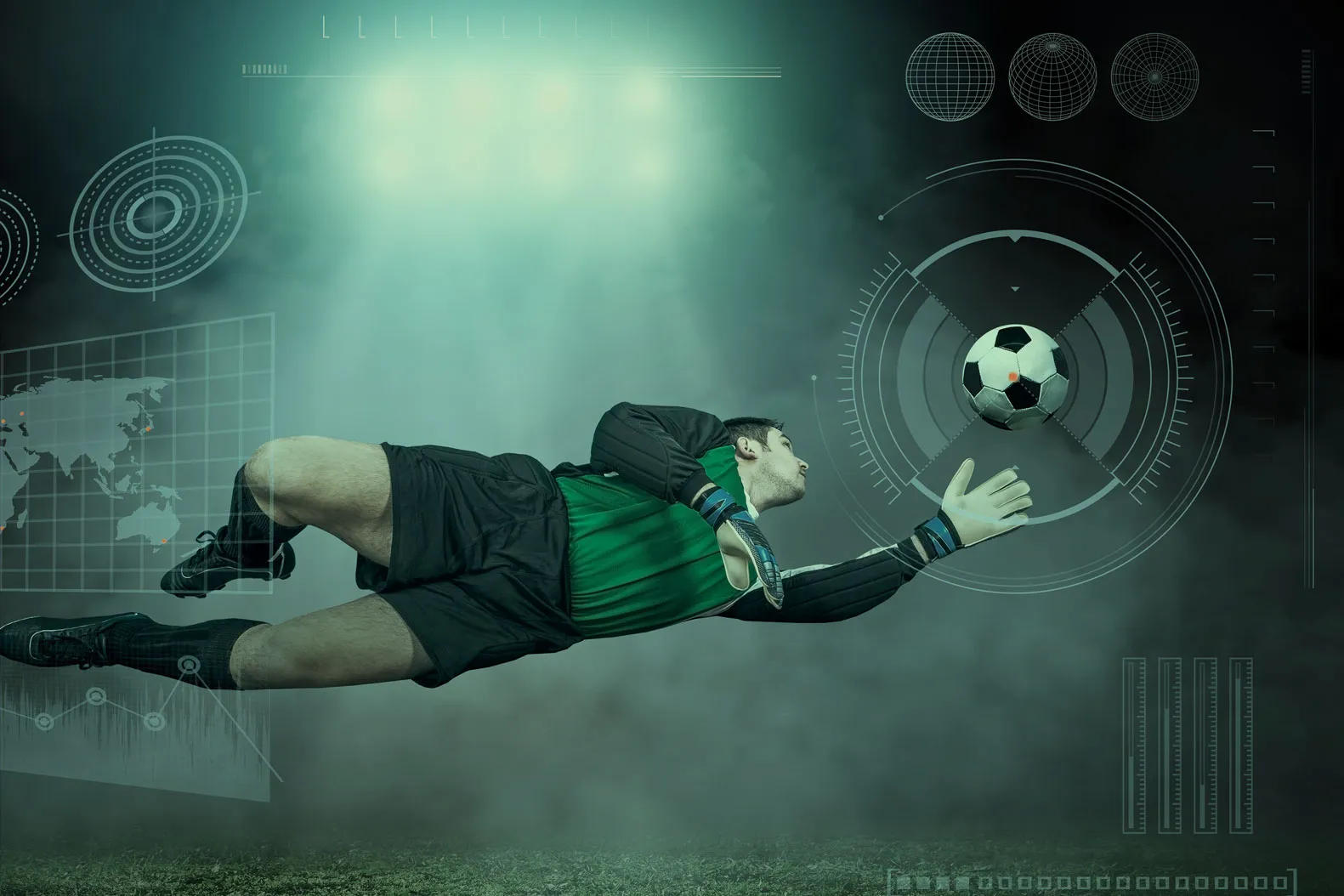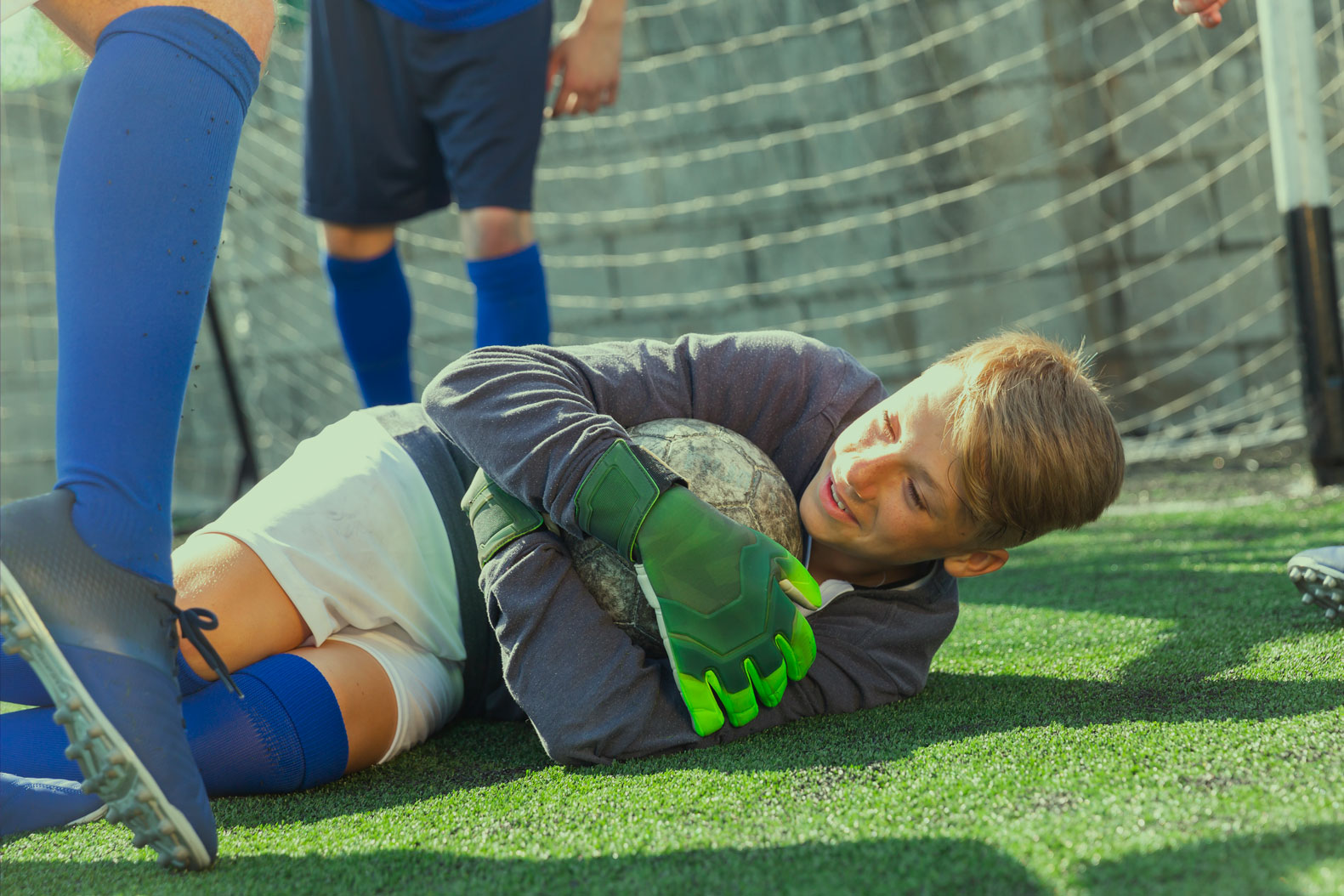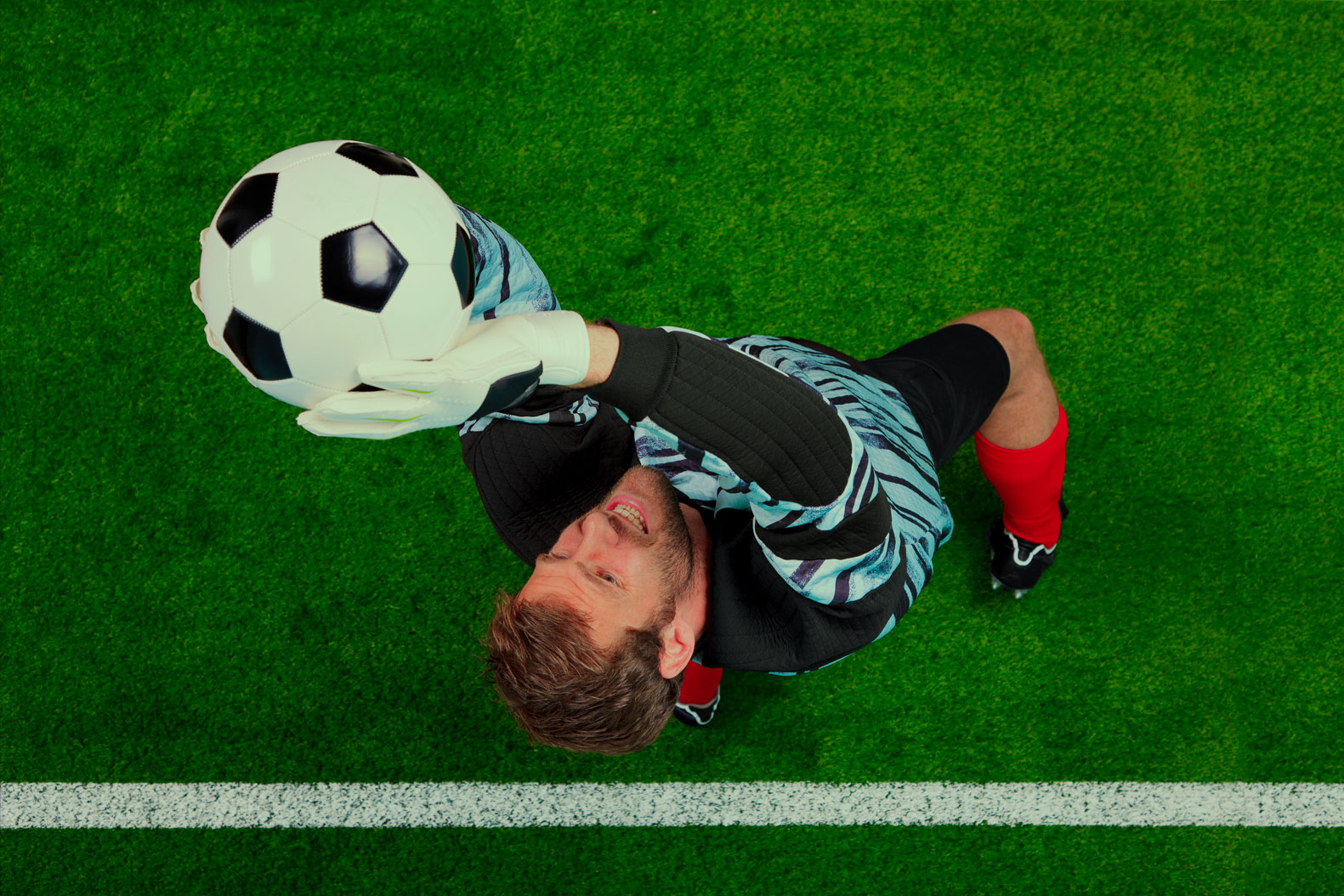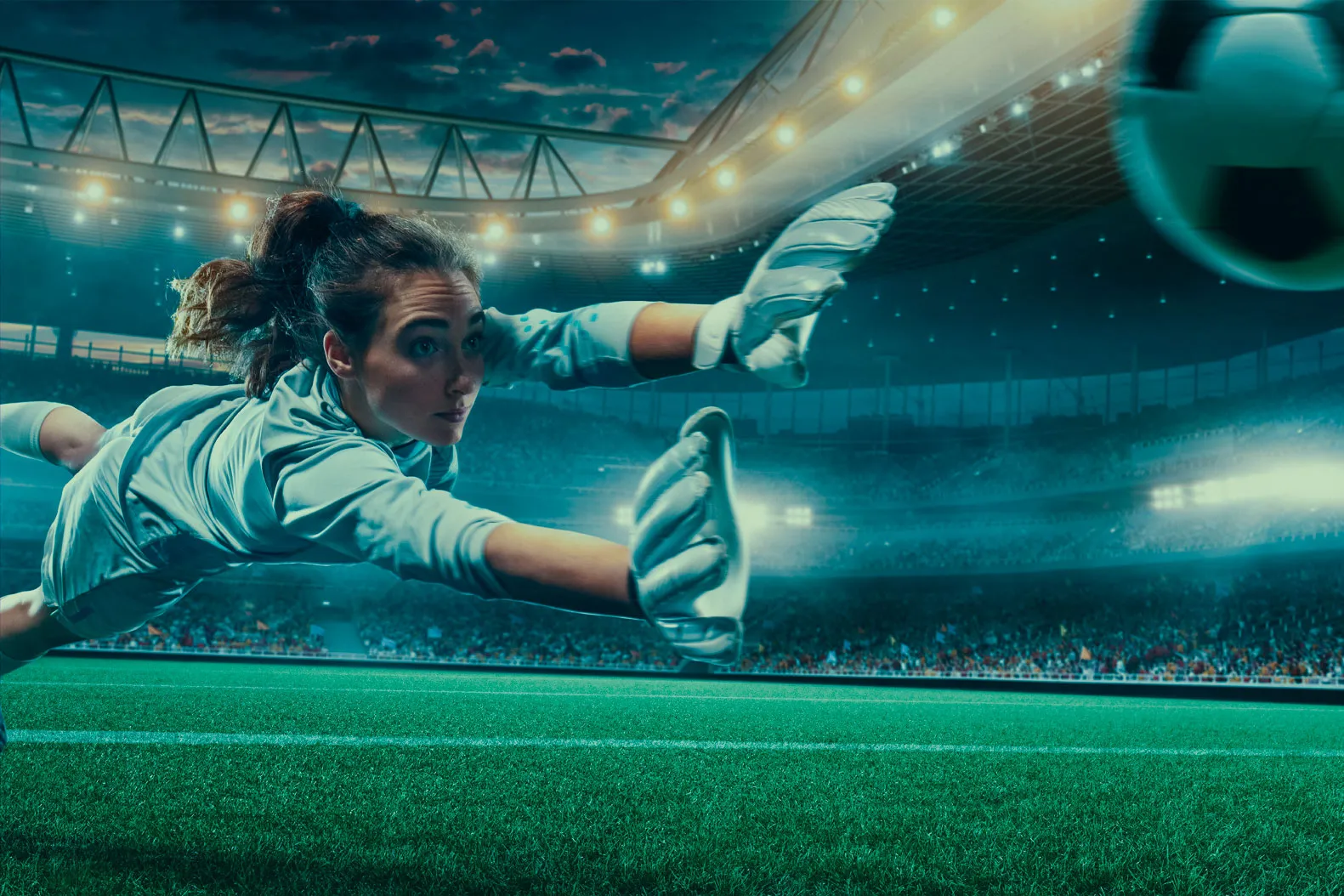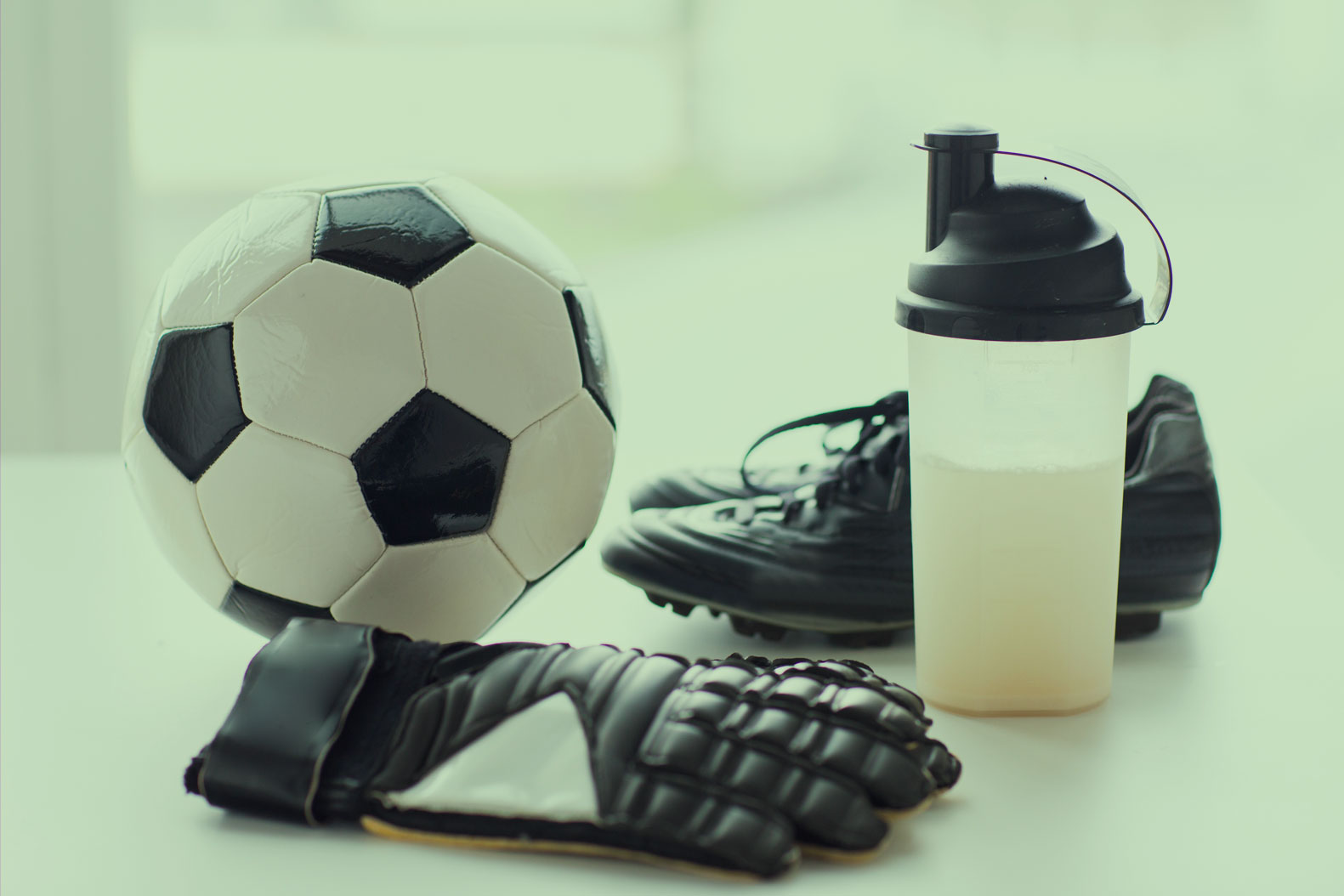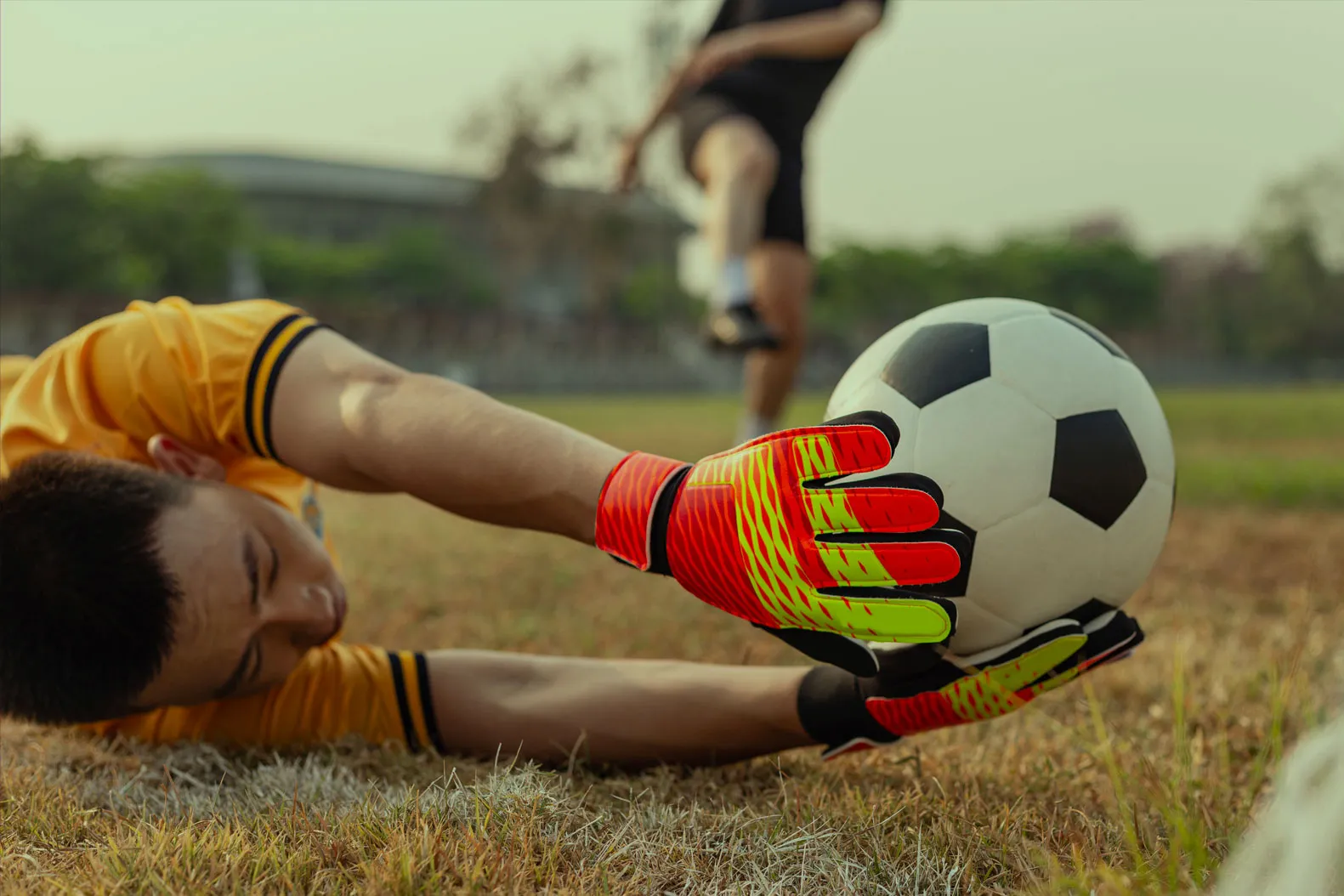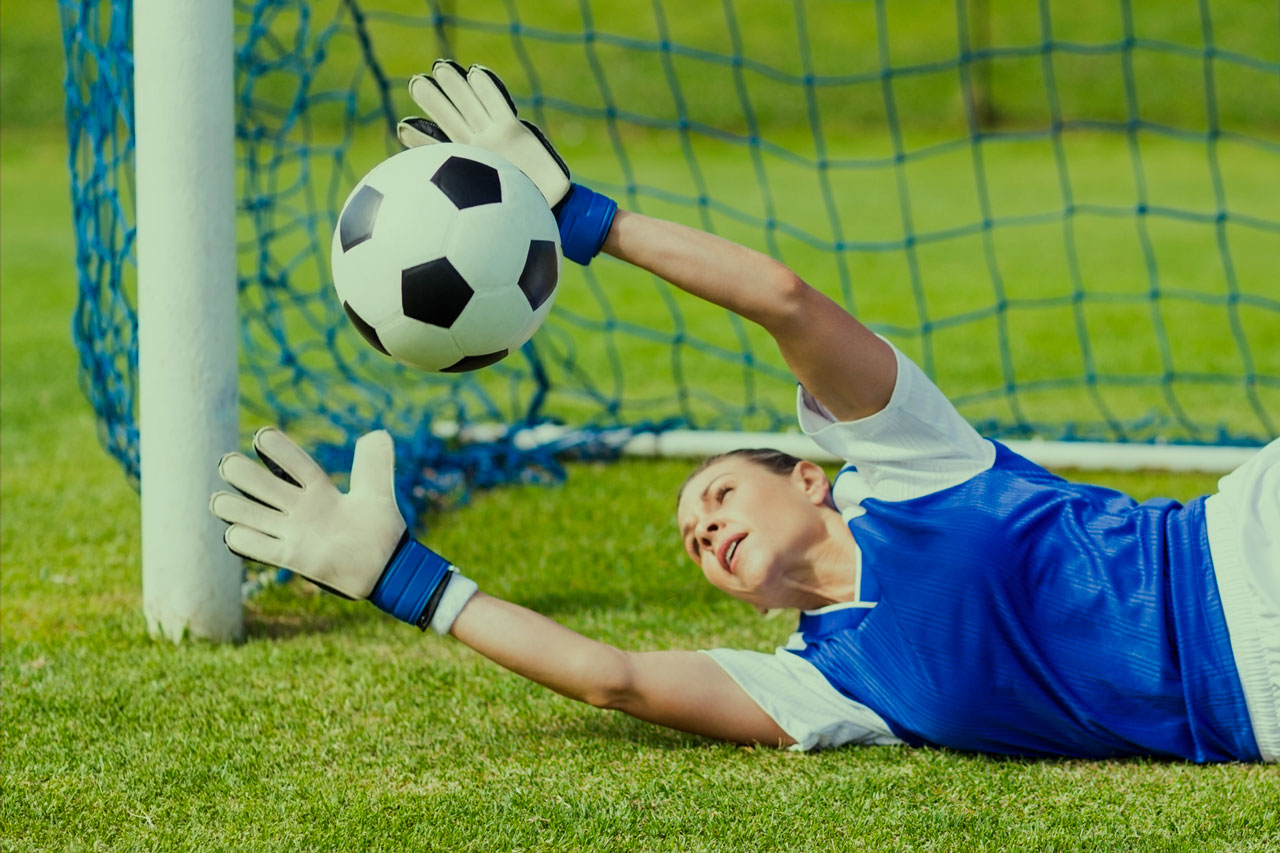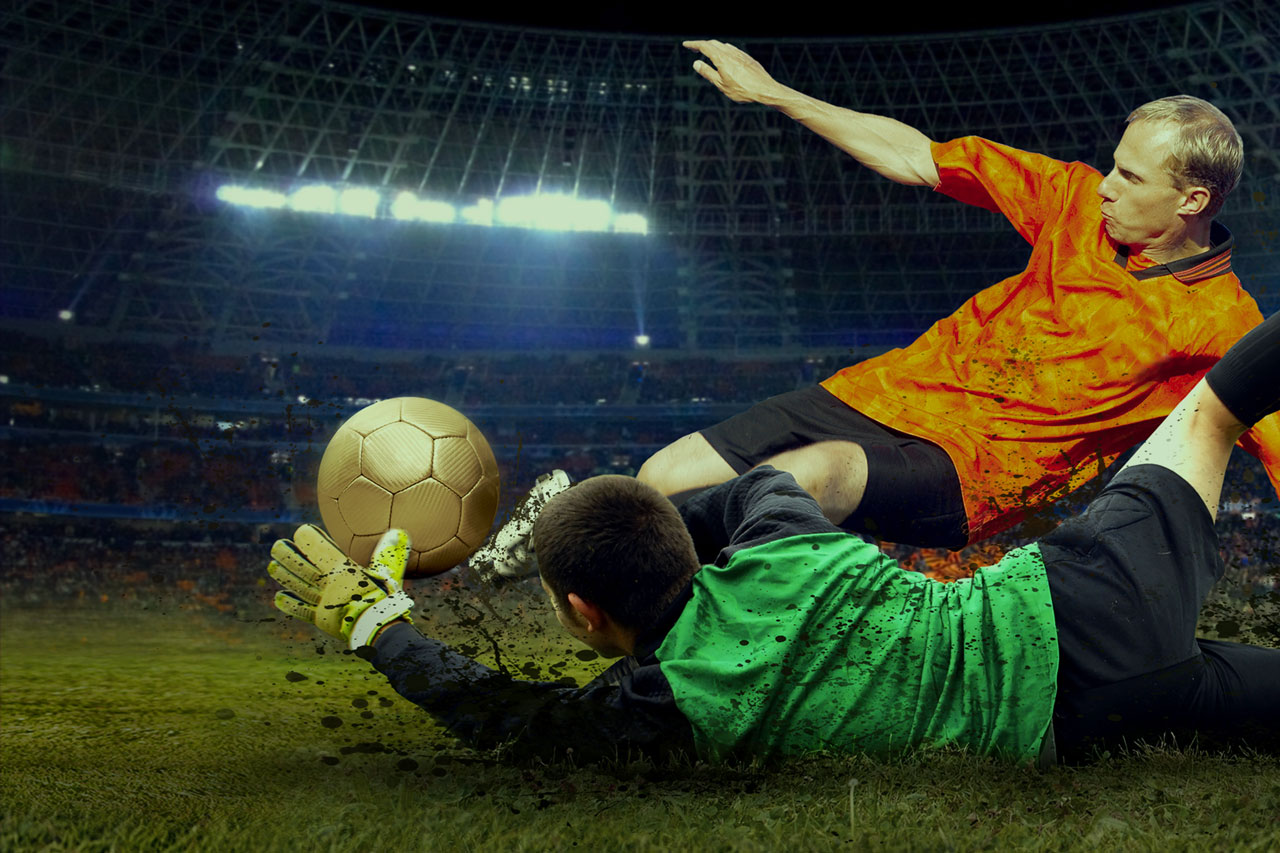The impact of virtual reality on goalkeeper training
Antoine Roex, Keeper In Motion – 12 December 2024
Discover how virtual reality is revolutionizing goalkeeper training by simulating realistic match situations, improving reflexes and decision-making on the pitch.
Total immersion for optimum preparation
Virtual reality (VR) offers complete immersion for goalkeepers, reproducing match scenarios with unprecedented precision. The simulations recreate a variety of attacking actions, including shots at different trajectories, angles and speeds. This technology goes beyond mere practice by providing a risk-free environment, where goalkeepers can hone their skills without fear of injury or the physical strain of on-field training. What’s more, VR can incorporate realistic visual and sound elements, immersing players in intense contexts similar to those of an official match, while offering a high volume of targeted repetitions.
Improved reflexes and reactivity
VR is a powerful tool for improving the reflexes and reactivity of goalkeepers. By subjecting them to complex and unpredictable shooting sequences, it encourages them to react in a fraction of a second. These exercises also train peripheral vision, essential for anticipating the movements of opposing players. Unlike conventional training, where variability is limited by human capabilities, VR simulations can generate a wide range of unique situations, increasing the complexity of training over time. This helps keepers develop lightning-fast reflexes and mentally prepare for demanding challenges.
Developing decision-making under pressure
Beyond physical skills, virtual reality excels in developing goalkeepers’ cognitive abilities. Simulations place players in complex match scenarios, where they must assess opponents’ positions in real time, anticipate their intentions and choose the best action to take. For example, a goalkeeper might be confronted with a simulated penalty kick where the shooter changes strategy at the last moment. This type of practice reinforces the player’s ability to manage pressure, quickly analyze situations and make informed decisions – key skills for excelling in a competitive environment.
Personalization and performance analysis
VR modernizes training by offering advanced customization tailored to the specific needs of each goalkeeper. Scenarios can be configured to target particular weaknesses, such as cross-shot saves or aerial exits. At the same time, the platforms collect detailed performance data, such as reaction time, positioning and intervention success. This information enables trainers to accurately identify areas for improvement and track progress over time. By integrating this data with analysis tools, VR transforms training into a data-driven approach, guaranteeing continuous performance optimization.
Conclusion
Virtual reality redefines goalkeeper training by combining realistic immersion, cognitive stimulation and analytical feedback. By improving reflexes, developing decision-making under pressure and personalizing training, it offers benefits that traditional methods cannot match. Adopting this technology enables goalkeepers to prepare effectively for the demands of modern soccer, while opening up new prospects for honing their skills. VR is no longer a mere innovation, but an essential element for goalkeepers seeking to excel on the pitch.
References :

